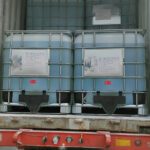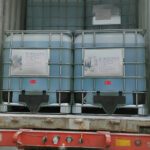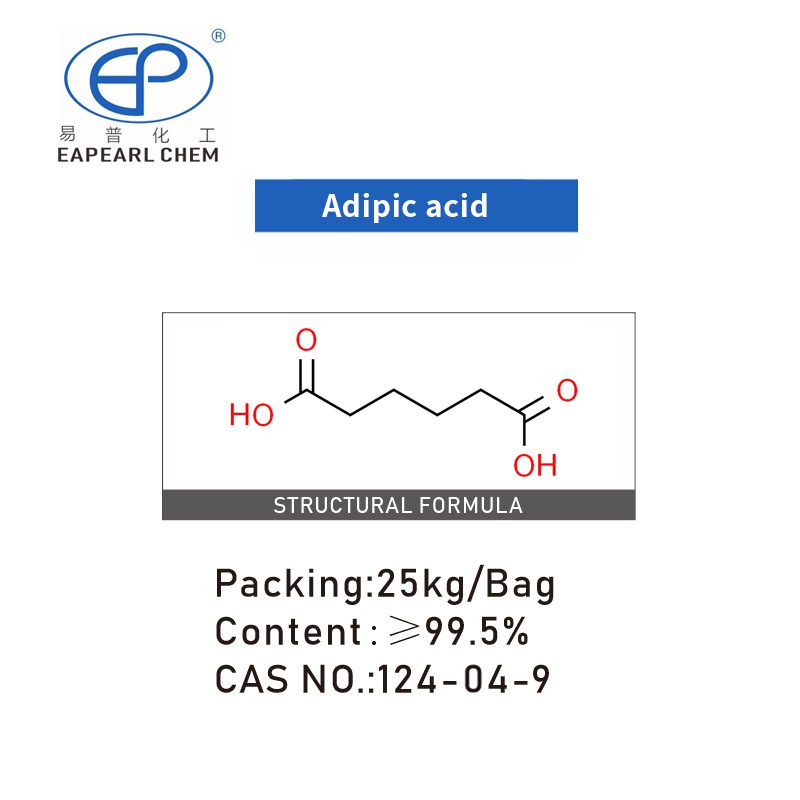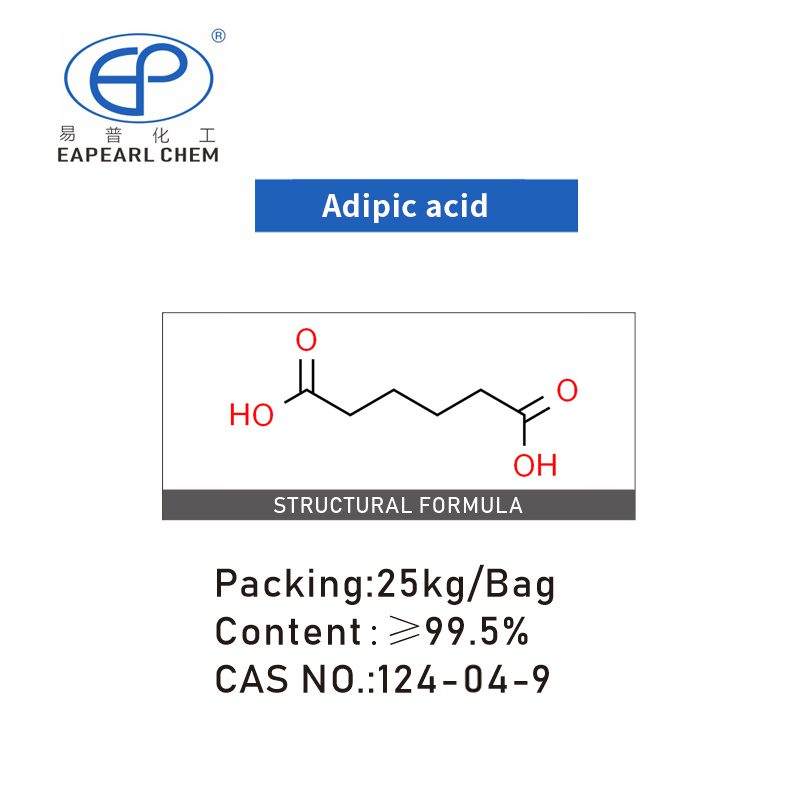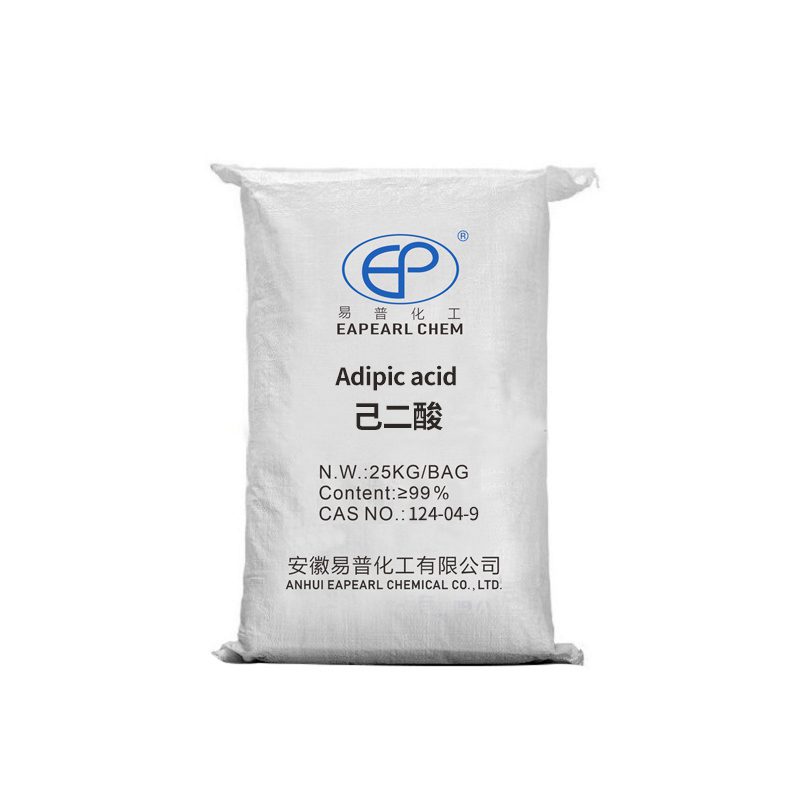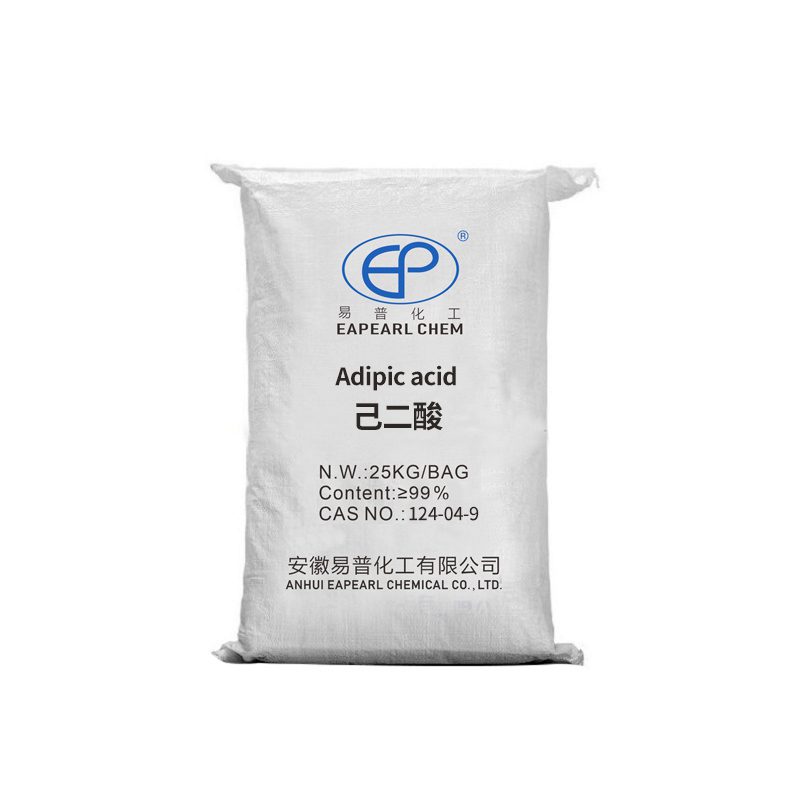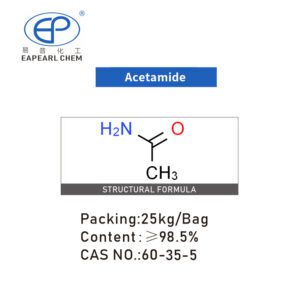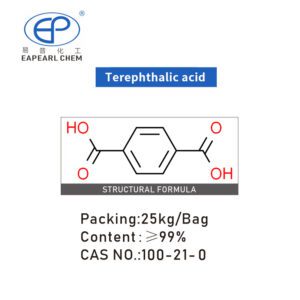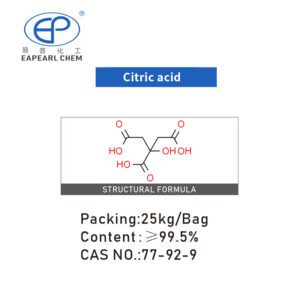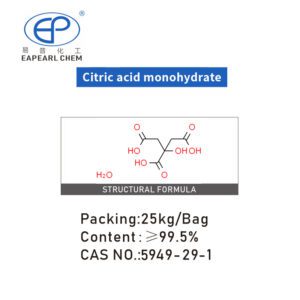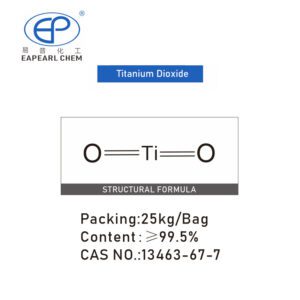Adipic acid
Adipic acid is a pristine white crystal, emanating a scent reminiscent of burnt bones. This organic dibasic acid holds significant importance, capable of engaging in diverse reactions such as salt reaction, esterification, and amidation reactions. Furthermore, it can be effectively condensed into high polymer structures alongside binary amines or diols. Its solubility is rather intriguing – slightly soluble in water, yet finds solace in the embrace of alcohol, ether, and most other organic solvents.
| Product Name: | Adipic acid |
|---|---|
| CAS No.: | 124-04-9 |
| Purity | ≥99% |
| Packing: | 25kg/Bag |
| HScode: | 29171210 |
We use the latest network security technology to protect your personal information from leakage, and to ensure that you can shop safely and securely.
Share
Description:
Preparation method:
- The cyclohexane oxidation method involves subjecting cyclohexane to a cobalt catalyst, producing both cyclohexanol and cyclohexanone. The reaction takes place at 150 ~ 160℃ and 810 ~ 1013 kPa. Further, nitric acid oxidizes cyclohexanol and cyclohexanone, resulting in adipic acid. This second reaction occurs at 60 ~ 80℃ and 100 ~ 400 kPa. The crude substance undergoes a refinement process through recrystallization to obtain the finished product.
- A two-step carbonylation process utilizes butadiene and carbon monoxide as raw materials. Initially, butadiene is transformed into methyl 3-pentanoate, followed by carbonylation into dimethyl adipate. Finally, hydrolysis is employed to obtain the desired end product.
- In the cyclohexene one-water oxidation method, cyclohexene is partially hydrogenated using benzene and hydrogen as raw materials, leading to cyclohexanol. Subsequently, the cyclohexanol undergoes oxidation with nitric acid to yield adipic acid.
Synonyms:
Characteristics:
| Molecular Formula | C6H10O4 |
| Molar Mass | 146.14 |
| Density | 1,36 g/cm3 |
| Melting Point | 151-154°C(lit.) |
| Boling Point | 265°C100mm Hg(lit.) |
| Flash Point | 385°F |
| JECFA Number | 623 |
| Water Solubility | 1.44 g/100 mL (15 ºC) |
| Solubility | methanol: 0.1g/mL, clear, colorless |
| Vapor Presure | 1 mm Hg ( 159.5 °C) |
| Vapor Density | 5 (vs air) |
| Appearance | Solid |
| Color | White |
| Exposure Limit | ACGIH: TWA 5 mg/m3 |
| Merck | 14,162 |
| BRN | 1209788 |
| pKa | 4.43(at 25℃) |
| PH | 3.74(1 mM solution);3.22(10 mM solution);2.71(100 mM solution); |
| Storage Condition | Store below +30°C. |
| Stability | Stable. Substances to be avoided include ammonia, strong oxidizing agents. |
| Refractive Index | 1.4880 |
| Physical and Chemical Properties | Character: white crystal, with the smell of burning bone. solubility: slightly soluble in water, soluble in most organic solvents such as alcohol and ether. |
| Use | Used as a raw material for the synthesis of high polymers, but also for the preparation of plasticizers and lubricants |
Use
FAQ:
Q1. What is Adipic Acid?
A1. Adipic Acid is a white crystalline powder primarily used to produce nylon, polyurethane, and other synthetic fibers and resins. It is a dicarboxylic acid with the chemical formula C6H10O4.
Q2. What are the key properties of Adipic Acid?
A2. Adipic Acid possesses several important properties, including high melting and boiling points, excellent solubility in water, and low volatility. It is also non-toxic and non-corrosive, making it safe for handling and storage.
Q3. How is Adipic Acid manufactured?
A3. Adipic Acid is typically produced by the oxidation of cyclohexane or cyclohexene, followed by nitric acid oxidation or via the two-step process of nitric acid oxidation of cyclohexanol. Our company utilizes advanced manufacturing processes to ensure high-quality Adipic Acid with consistent purity.
Q4. What are the main applications of Adipic Acid?
A4. Adipic Acid primarily produces nylon 6,6, a widely used synthetic fiber in textiles, carpets, and industrial applications. It is also utilized to manufacture polyurethane resins, coatings, and adhesives. Additionally, Adipic Acid finds applications in producing plasticizers, lubricants, and food additives.
Q5. What are the packaging options available?
A5. We offer Adipic Acid in various packaging options to suit the requirements of our customers. These include bags, drums, or bulk shipments in tank containers. Customized packaging solutions can also be discussed based on your specific needs.
Q6. What is the typical shelf life of Adipic Acid?
A6. When stored under proper conditions (cool, dry, and well-ventilated areas), Adipic Acid has a typical shelf life of at least one year. It is recommended to store the product away from incompatible substances such as oxidizers and strong bases.
Q7. What are the transportation and handling considerations for Adipic Acid?
A7. Adipic Acid is non-hazardous for transportation purposes. However, it is important to follow standard safety protocols when handling the product. This includes using appropriate protective equipment such as gloves and goggles, ensuring proper ventilation, and avoiding direct contact with the skin or eyes. Precise handling and safety instructions are available in the Material Safety Data Sheet (MSDS) provided with the product.
Q8. Are there any regulatory or compliance requirements associated with Adipic Acid?
A8. Depending on the region and specific applications, adipic Acid is subject to various regulatory and compliance requirements. It is essential to ensure compliance with local regulations, such as handling, transportation, labeling, and storage guidelines. Our company is committed to providing the necessary documentation and support to ensure compliance with applicable regulations.
Q9. How can I place an order or inquire about Adipic Acid?
A9. To place an order or inquire about Adipic Acid, please get in touch with our sales team through the contact information provided on our website. Our representatives will gladly assist you with pricing, availability, shipping options, and other questions.
Q10. Can you provide technical support or customization options for Adipic Acid?
A10. Yes, our technical team is available to provide support and guidance regarding the application and usage of Adipic Acid. Additionally, we can discuss customization options to meet specific requirements or product specifications. Please reach out to our sales team to discuss your needs in detail.
Please note that the information provided in this FAQ is for general guidance only. For specific technical and application-related queries, we recommend consulting our technical experts.
相关产品
Loading Video or Picture:



